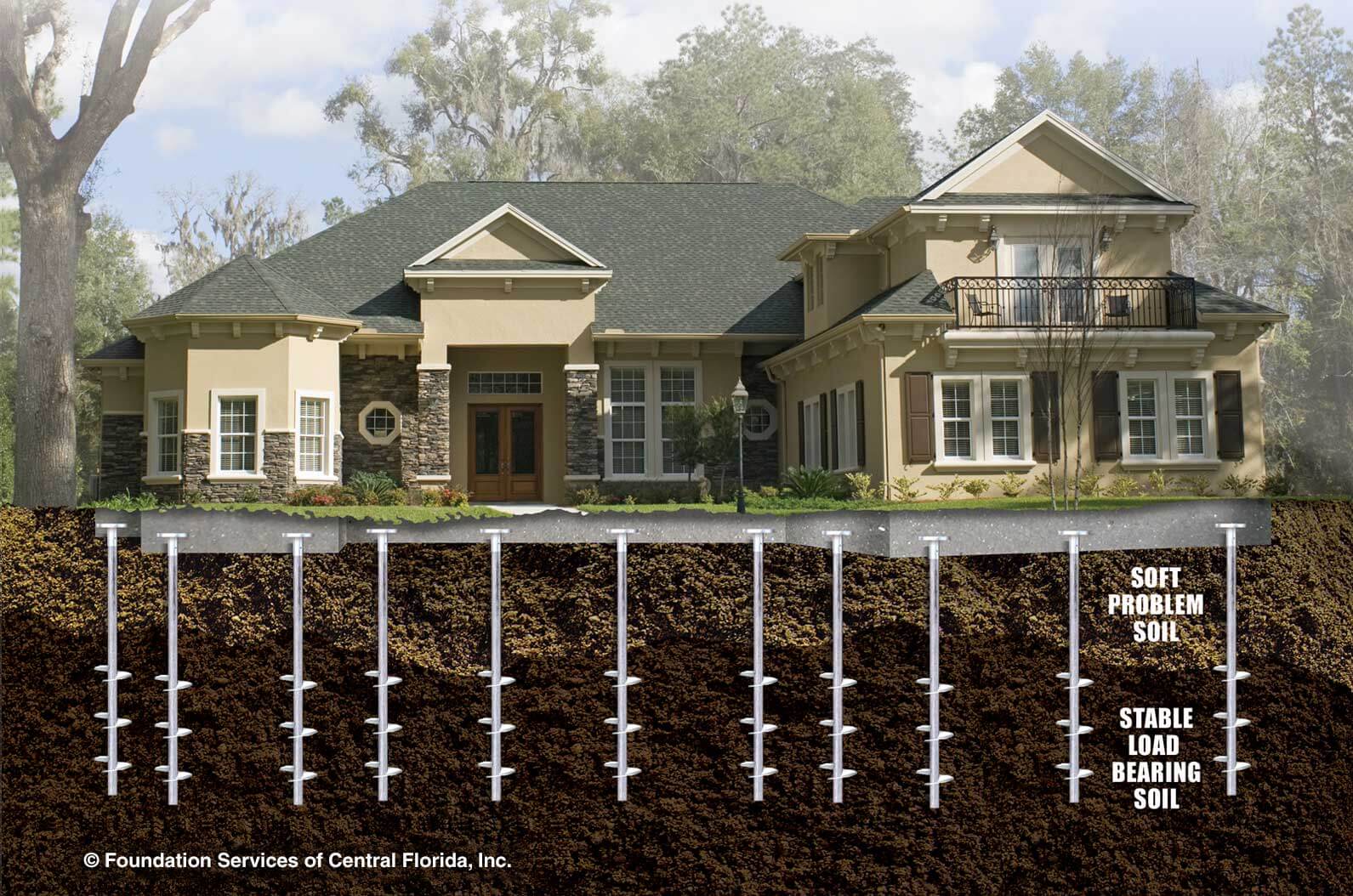The West End, a vibrant and historic neighbourhood in Vancouver, offers a unique blend of urban life and natural beauty. Once the city's first upscale area, its appeal has evolved over time. Originally developed for its clay deposits, the West End became a thriving neighbourhood, with its inclusiveness and diversity being one of its most attractive features today. This community offers a perfect balance for those who crave the energy of city living while still being close to nature.
Location
Vancouver’s West End is a central neighbourhood located in downtown, taking on a trapezoidal shape. Its borders stretch along Burrard Street, head west on W Georgia toward Stanley Park and the Lost Lagoon, then south along Park Lane (or Denman Street, depending on the perspective). The neighbourhood wraps back along Beach Avenue, parallel to the Seawall (English Bay), finishing near the Burrard Street Bridge.
Housing Market History
The West End is home to a variety of living options, including mid-rise and high-rise buildings, appealing to both renters and buyers. Additionally, many older, renovated single-family homes are available. The streets are lined with trees, and green spaces provide peaceful buffers from the hustle and bustle of the urban environment. As Vancouver has expanded, the West End has seen a rise in condo developments, which reflects the city’s overall growth and planning. The neighbourhood remains popular across age groups and appeals to both newcomers and long-time residents, thanks to its proximity to the downtown core and Stanley Park. Housing prices in the area continue to rise, but they remain accessible, offering those who live there a full Vancouver experience.
Recreation and Outdoor Activities
Residents of the West End enjoy a variety of recreational options. The West End Community Centre, a 50,000 square foot facility, offers a library and indoor activities. The Vancouver Aquatic Centre, located on Beach Avenue, is another popular spot for fitness and leisure. Two notable outdoor parks are Nelson Park, centrally located in the neighbourhood, and Sunset Beach Park, located where False Creek meets English Bay. Sunset Beach Park is also home to Vancouver's annual Celebration of Light fireworks festival.
Directly west of the West End is Stanley Park, one of Vancouver’s most beloved attractions. This expansive park offers year-round access to nature, with miles of trails perfect for hiking, jogging, and cycling. Other recreational facilities within the park include tennis courts, lawn bowling greens, rugby fields, and a pitch-and-putt course.
Dining and Shopping
The West End boasts an eclectic mix of dining and shopping options, with Davie Street, Denman Street, and Robson Street forming the heart of the neighbourhood's commercial area. Robson Street, known for its high-end boutiques and world-class amenities, offers a variety of restaurants, cafés, shops, salons, supermarkets, theatres, and hotels. It’s one of the most vibrant and lively neighbourhoods in Vancouver, where urban culture meets cosmopolitan flair.
Schools in the Area
The West End is served by several schools, including Lord Roberts Elementary, Lord Roberts Annex, and the prominent King George Secondary. For those seeking private education, Pattison High and Westside Preparatory are nearby options.
Higher education is also accessible, with the University of British Columbia (UBC) offering law and medicine courses at its downtown campus at Robson Square. UBC’s Sauder School of Business also operates in this area, along with branches of the UBC library and bookstore. Additionally, Simon Fraser University (SFU) has a downtown campus, with programs in contemporary art and business, including the Segal Graduate School of Business. BCIT, located on Seymour Street, is another local institution offering a wide range of courses.
Transportation Options
The West End is well-connected to the rest of the Lower Mainland, making commuting convenient for its residents. The Stanley Park Causeway leads to the Lions Gate Bridge, providing access to West Vancouver, North Vancouver, and Whistler. W Georgia Street heads east toward Highway 99 and the Trans-Canada Highway. Public transportation is easily accessible, with buses, SkyTrain, and the Canada Line connecting the West End to destinations like UBC, Vancouver International Airport, and the surrounding areas. The Seawall and the neighbourhood’s commercial district also encourage walking and cycling.
The West End continues to attract people of all ages and backgrounds, from singles to families. Robson Street offers endless shopping and dining opportunities, while schools like Lord Roberts and King George High School serve the area’s families. With its vibrant urban lifestyle and proximity to nature, the West End remains one of Vancouver's most desirable neighbourhoods.
Browse West End listings for sale : https://barrymagee.com/recip.html#!/wps/-/noframe~true/recip/59576/idx.search?idx_v2_map_pos=49.2901|-123.1376&idx_v2_map_zoom=07&idx_v2_map_radius=2.5









